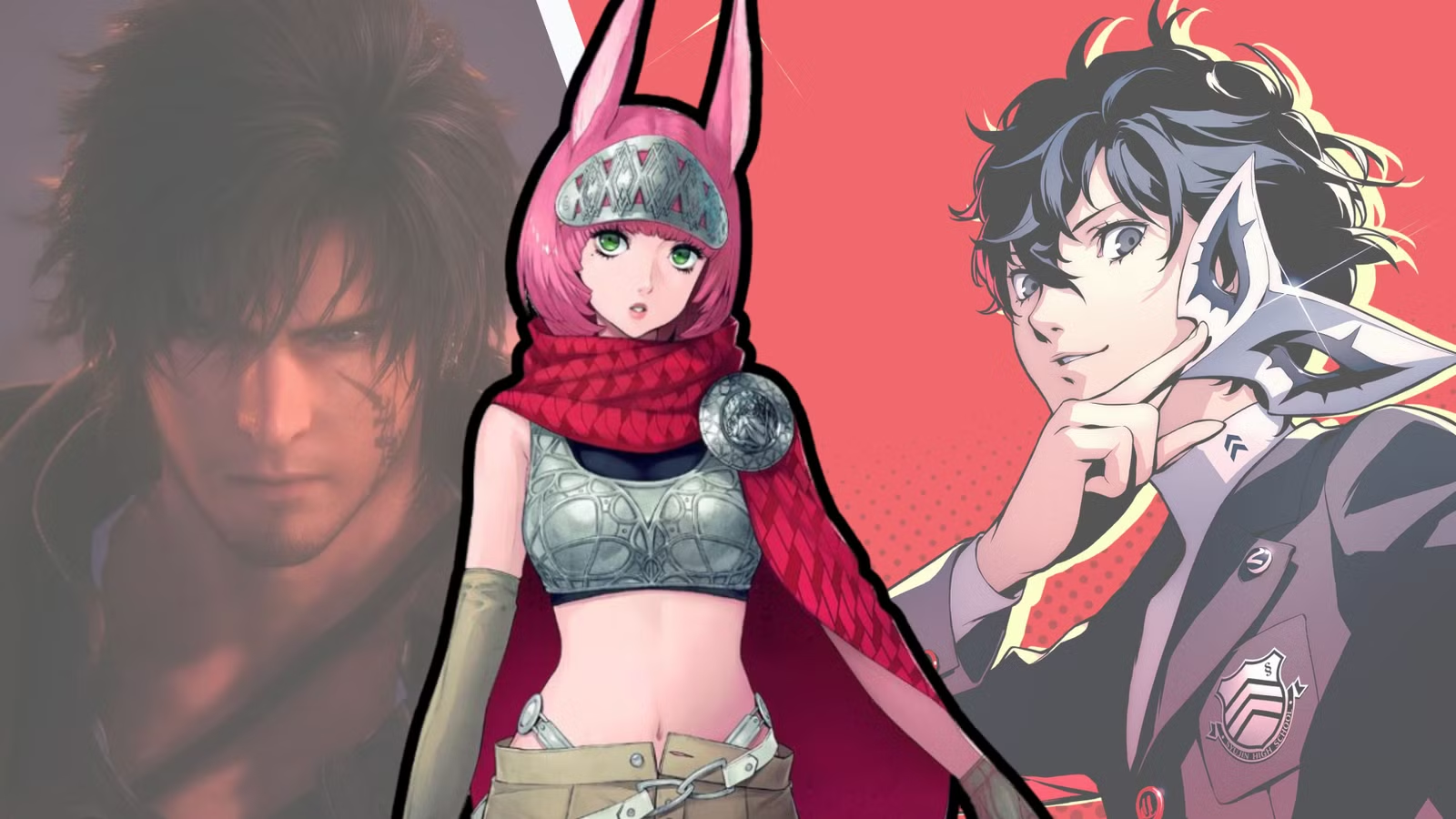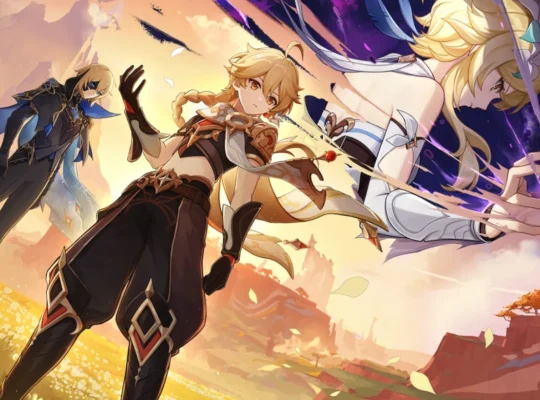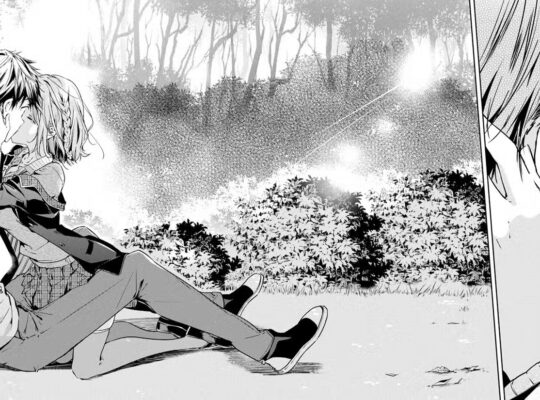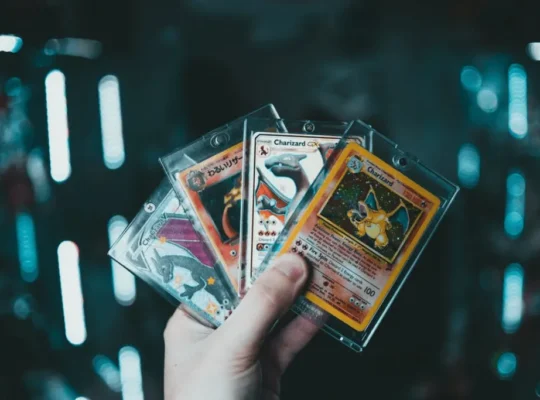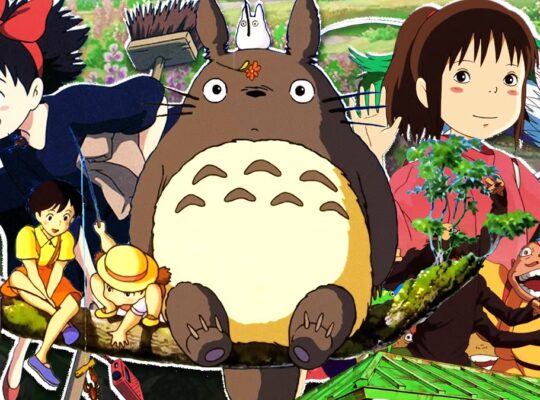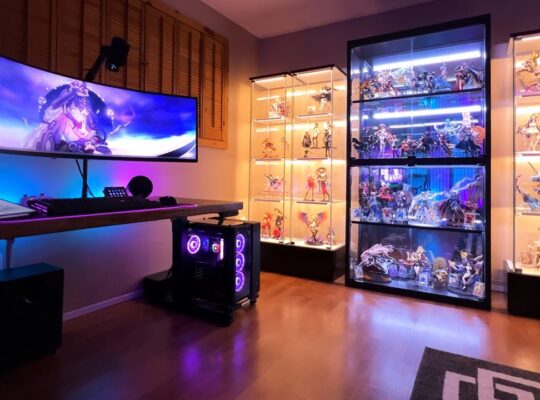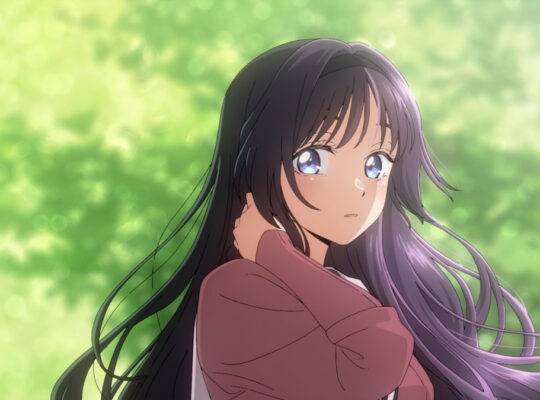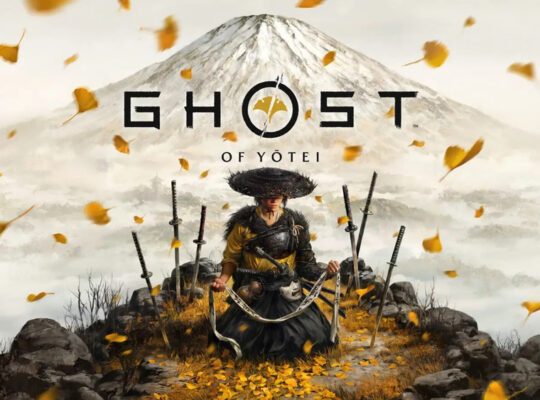Few rivalries in the world of Japanese role-playing games (JRPGs) spark as much discussion as Persona vs. Final Fantasy. Both franchises define what it means to tell emotional, high-stakes stories wrapped in deep mechanics, but they’ve evolved in strikingly different directions. With Persona 6 and Final Fantasy XVII on the horizon, fans find themselves watching two creative powerhouses take distinct approaches to the same fundamental question: What should a modern JRPG be?
The Philosophy of Storytelling: Personal vs. Cosmic
At its core, Persona 6 continues Atlus’ signature focus on intimate, psychological storytelling. The series thrives on the duality of ordinary life and supernatural conflict. Every character’s struggle – from school stress to personal trauma – becomes an allegory for bigger existential battles. It’s not just about saving the world; it’s about saving yourself.
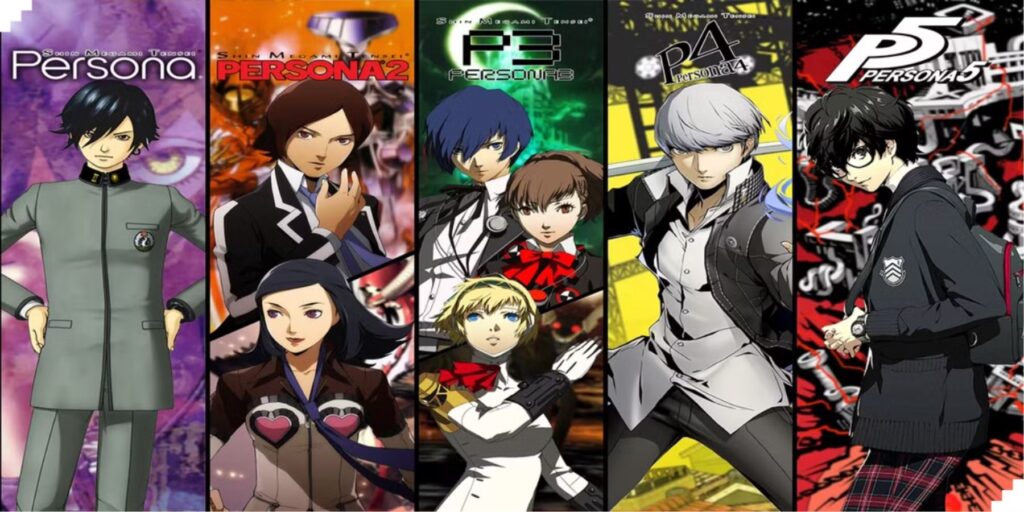
In contrast, Final Fantasy XVII seems to be doubling down on the mythic and cinematic. Where Persona draws you inward, Final Fantasy projects outward. Square Enix’s upcoming installment promises a sweeping story of nations, gods, and destiny – continuing the epic tone reintroduced in Final Fantasy XVI. Players won’t just inhabit a protagonist; they’ll become part of a saga that feels closer to mythic opera than slice-of-life drama.
This divergence shows how Japanese storytelling has diversified. Persona 6 asks players to explore identity, emotion, and friendship, while Final Fantasy XVII aims to evoke awe through grandeur and tragedy. Both, however, share one common thread: they want players to feel – whether through quiet heartbreak or thunderous heroism.
Gameplay Evolution: Strategy vs. Spectacle
If storytelling defines the soul of a JRPG, then gameplay defines its rhythm – and here too, Persona and Final Fantasy are walking different roads.
Persona 6 reportedly builds upon the turn-based tactical system that fans love, refining the “One More” and “Press Turn” mechanics to make every decision matter. Atlus is rumored to add more social synergies, connecting your relationships directly to combat performance. This reinforces the franchise’s message: bonds are power. Expect carefully balanced encounters where strategy outweighs button-mashing, and thinking two turns ahead feels more rewarding than raw reflex.
Final Fantasy XVII, on the other hand, continues its full embrace of real-time combat. After FFXVI’s success, Square Enix seems committed to blending action mechanics with RPG depth. Leaks and developer comments suggest a system closer to Devil May Cry than traditional JRPG turn-taking. Every strike, dodge, and combo aims to immerse players in cinematic intensity – a spectacle-driven experience that prioritizes flow and adrenaline.
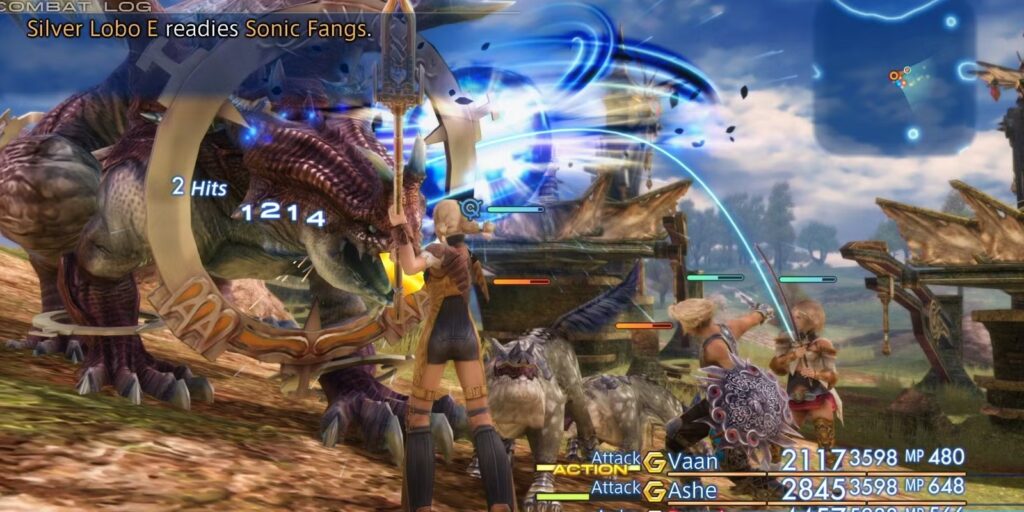
Both approaches have their merits. Persona 6’s slow burn appeals to players who enjoy planning and introspection. Final Fantasy XVII speaks to those who crave momentum and cinematic immersion. It’s less about which is “better” and more about which rhythm of play resonates with your inner gamer.
Worldbuilding: The Everyday vs. The Extraordinary
Few games portray modern life as vividly as Persona. From its jazz-infused cityscapes to its coffee shops and classrooms, Persona 6 is expected to double down on realism. This sense of the familiar grounds its fantasy elements – a portal to another world feels more impactful when you’ve just finished homework or gone on a date. Atlus’ mastery of cultural texture transforms the mundane into magic, turning daily routines into emotional anchors.
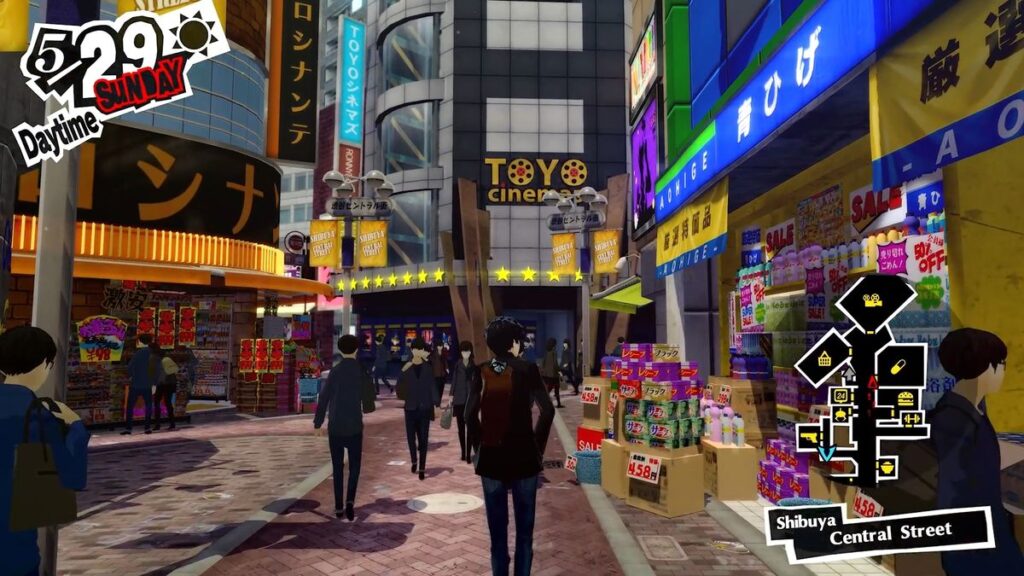
Meanwhile, Final Fantasy XVII looks poised to dazzle with otherworldly scale. Each new installment reimagines what fantasy can look like, from medieval realms to techno-dystopias. Expect sprawling environments, shifting weather systems, and lore-rich kingdoms begging to be explored. Where Persona thrives in confined spaces filled with heart, Final Fantasy reigns supreme in vast worlds filled with history.
The difference is almost philosophical: Persona invites players to live inside the world, while Final Fantasy invites them to conquer it.
Aesthetic Identity: Style vs. Grandeur
It’s impossible to discuss these series without mentioning their art direction. Persona 6 will undoubtedly expand upon the series’ bold, pop-art aesthetic – sharp lines, stylish menus, and expressive color palettes that make even its pause screens iconic. The result feels like playing through an interactive anime.
In contrast, Final Fantasy XVII embodies cinematic realism. Luminous skin textures, intricate armor, and orchestral soundtracks evoke Hollywood-level production. The design philosophy is about immersion – to make players believe they’re witnessing living legends, not characters on a screen.
For anime and manga fans, Persona 6 feels like home: stylized, expressive, and unmistakably Japanese. Final Fantasy XVII, meanwhile, caters to the dreamers who crave scale and cinematic polish – a fantasy that looks ready for the big screen.
Two Visions, One Legacy
Despite their contrasts, both series share a remarkable bond – they’ve carried Japanese RPGs across generations. Persona gives players a mirror to examine the human psyche, while Final Fantasy gives them a window to gaze upon impossible worlds.
In many ways, they complement each other. Persona 6 reminds us that small, emotional stories can hit as hard as world-ending conflicts. Final Fantasy XVII shows that grandeur and emotional resonance can coexist.
For fans of anime, manga, and gaming culture, these two franchises embody the evolution of Japanese storytelling – equal parts introspection and imagination. Whether you’re strategizing your next turn in Persona 6 or swinging a massive sword in Final Fantasy XVII, one truth remains: no one crafts emotional journeys quite like Japan.

